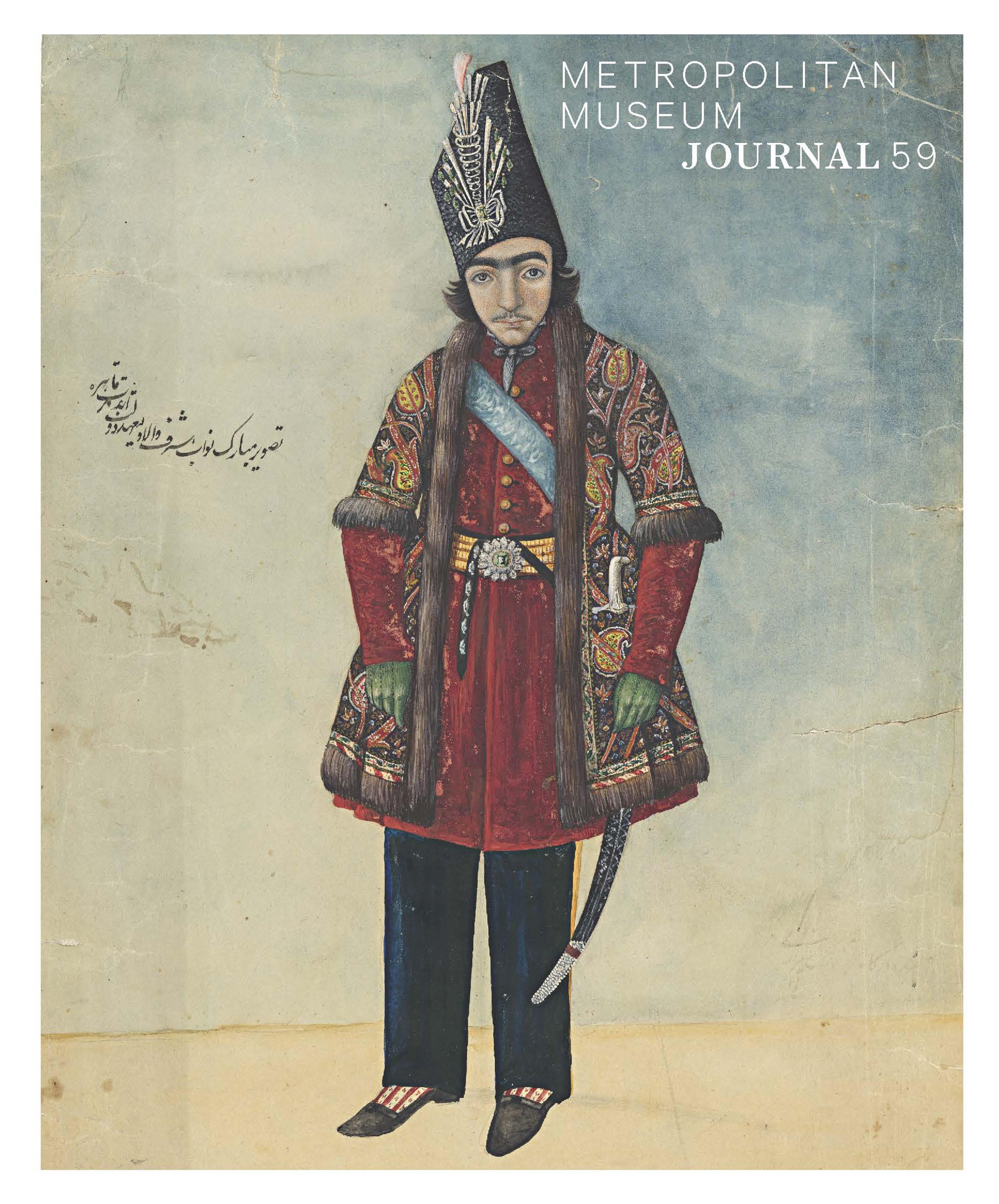Circular Box (Pyxis) with the Women at Jesus' Tomb
The Gospel of Luke (24:1-10) describes a group of women, among them Mary Magdalene, coming to the empty tomb of the risen Christ. Here three women stand in the orant, or prayer, pose. Two others, swinging censers, approach from either side of a domed building in which tied-back curtains reveal an altar, which may refer to Christ's tomb. Similar curtains separated the altar from the nave, or public area, in early churches in the eastern Mediterranean.
Artwork Details
- Title:Circular Box (Pyxis) with the Women at Jesus' Tomb
- Date:500s
- Geography:Made in Eastern Mediterranean
- Culture:Byzantine
- Medium:Elephant ivory with metalwork and paint
- Dimensions:Overall (with lid): 4 1/4 x 5 x 4 3/4 in. (10.8 x 12.7 x 12.1 cm)
Overall (Without lid): 4 1/4 x 5 x 4 3/8 in. (10.8 x 12.7 x 11.1 cm)
Top ((Lid)): 1 x 5 x 4 3/4 in. (2.5 x 12.7 x 12.1 cm) - Classification:Ivories-Elephant
- Credit Line:Gift of J. Pierpont Morgan, 1917
- Object Number:17.190.57a, b
- Curatorial Department: Medieval Art and The Cloisters
More Artwork
Research Resources
The Met provides unparalleled resources for research and welcomes an international community of students and scholars. The Met's Open Access API is where creators and researchers can connect to the The Met collection. Open Access data and public domain images are available for unrestricted commercial and noncommercial use without permission or fee.
To request images under copyright and other restrictions, please use this Image Request form.
Feedback
We continue to research and examine historical and cultural context for objects in The Met collection. If you have comments or questions about this object record, please contact us using the form below. The Museum looks forward to receiving your comments.
